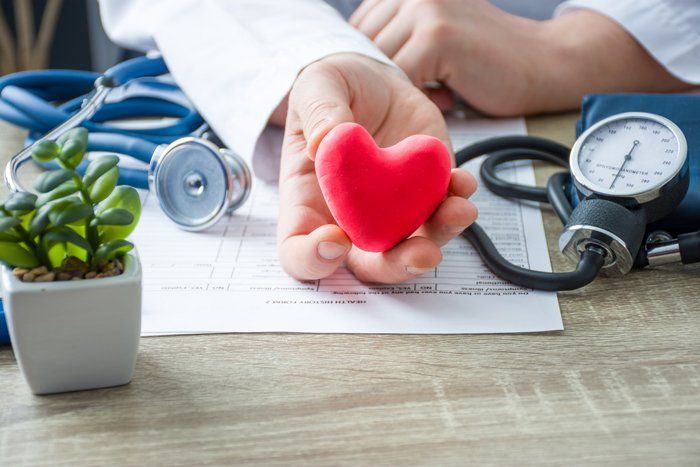Arrhythmia Monitoring Services
City skyline
An arrhythmia is a change in the heart’s rhythm that causes the heart to beat too fast, too slow, or irregularly. A heartbeat that is too fast is called tachycardia. A heartbeat that is too slow is called bradycardia.
Arrhythmias have many causes. They are not always caused by heart disease. Sometimes heart rhythm disturbances can be dangerous. Stress, smoking, heavy alcohol, drugs such as cocaine or amphetamines, and some medicines can lead to arrhythmias in some people.
Signs and symptoms of an arrhythmia include:
- Palpitations (an unpleasant feeling that your heart is skipping beats or beating too hard)
- A rapid heartbeat, a slow heartbeat, or an irregular heartbeat
- Weakness, dizziness, light-headedness, and fainting
- Shortness of breath
- Chest pain
- Anxiety
HOLTER MONITORING
This device records the heart’s electrical activity continuously over a 24-hour period. There is no special preparation for this painless test. Wires from a small, portable monitor are taped to the patient’s skin, and he or she is asked to go about usual daily activities. The patient keeps a diary so the physician can correlate the monitor’s results with the patient’s reported symptoms.
EVENT MONITORING
Event monitors are useful to diagnose arrhythmias that only occur once in a while. The device is worn continuously, but only records the heart’s electrical activity when you push a button on the device. You push the button on the device when you feel symptoms. Event monitors are typically worn for one month, or as long as it takes to get a recording of the heart rhythm during symptoms.

